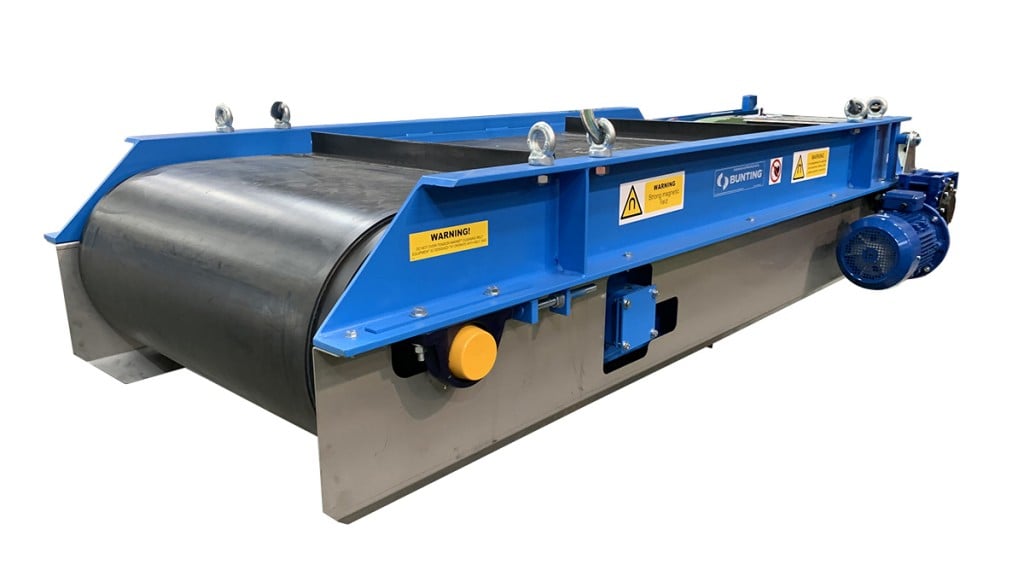Bunting advances precious metal recovery from e-waste with latest shipment of metal separators
Universities will use the separators to focus on the recovery and recycling of metals in lithium batteries used in EVs

Research into the separation and recovery of fine metals from waste materials, such as batteries and electronics, is driving orders for Bunting's laboratory-scale ElectroStatic Separators. In May 2025, Bunting Magnetics completed the manufacture of three laboratory-scale ElectroStatic Separators destined for research bodies in the UK, Finland, and Morocco.
ElectroStatic technology for metal separation
An ElectroStatic Separator exploits the difference in electrical conductivity between various materials in a feed material to produce a separation. The ability to produce a separation depends on several key material characteristics including a material's conductivity, moisture content, and particle size range.
In operation, the ElectroStatic technology uses conductivity differences between insulators (e.g. plastics) and conductors (e.g. copper and aluminum) to obtain a separation on an earthed roll. A controlled mono-layer flow of material is fed via a vibratory feeder onto the earthed roll. While the insulators are pinned to the earthed roll via an image force, the conductors lose their charge and are thrown from the roll by the centrifugal force generated by the rotating roll. Certain degrees of separation are also possible between particles of different conductivity.
ElectroStatic Separators commonly feature in the later stages of a recycling plant after the removal of magnetic metals using magnetic separators and coarser non-ferrous metals with Eddy Current Separators. The fine material fed to an ElectroStatic Separator has a tight particle size distribution with good particle liberation.
Advancements in battery recycling and precious metal recovery
Universities use the ElectroStatic as one stage of separation in a recycling process. Presently, many research projects focus on the recovery and recycling of metals and materials present in lithium and other batteries as used in electric cars and a wide range of other technologies. The recovery of precious metals from electric waste (e-waste) is also an important area of research.
Even though Bunting Magnetics works with many research organizations, providing testing on a wide range of separation equipment including ElectroStatic Separators, Universities specializing in recycling research acquire the technology as part of a process. This expands the testing possibilities at their research centre. Bunting Magnetics provides training for laboratory technicians to ensure the ElectroStatic Separator potential is optimized.
"We are witnessing a growth in the range of applications for the ElectroStatic Separator," explained Professor Neil Rowson, Bunting Magnetics' Laboratory manager. "Often the ElectroStatic Separator is only considered when all other separation avenues have been exhausted. We are working closely with many Universities, research institutes, and companies, assessing and further developing this technology to successfully solve exceptionally difficult separation problems."



